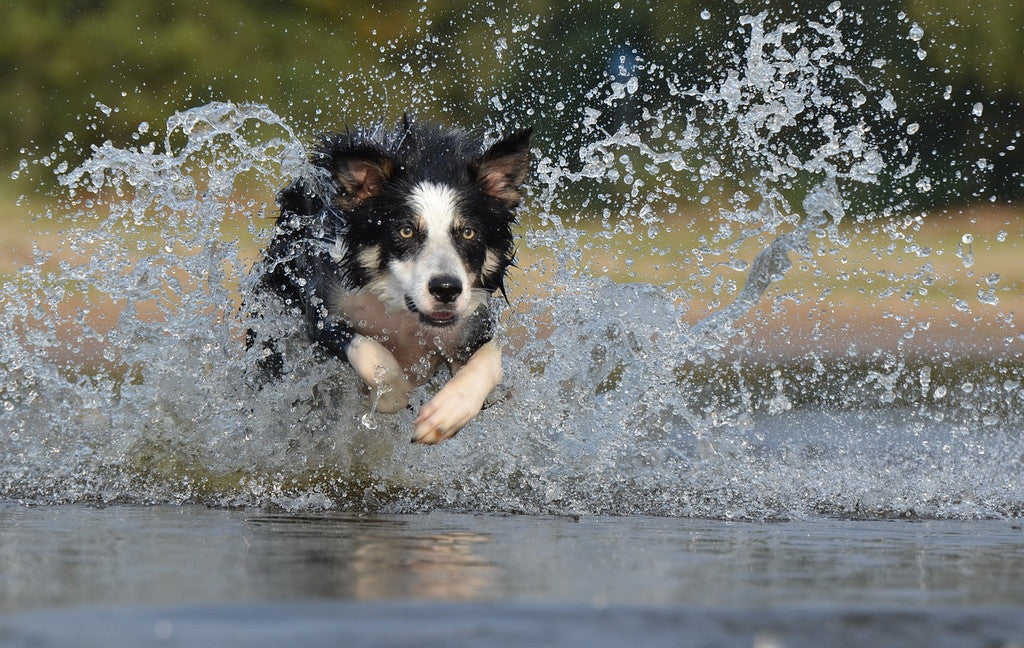

Your dog's ID got lost again? Wet and unreadable due to your pet's very active routine or he just don't like dog tags. Maybe it's time for a better solution to pet identification.
Why You Need A Pet Identification for Your Pet
Your neighbor knows your dog, everyone around town knows that you have a pet dog named Barky. So what do you need a pet identification for?
The truth is, your pet will get lost at some point and if that happens you won't have anything on him that will help people identify that it's your pet. Moreover, pets don't just get lost because you failed to keep an eye on them because oftentimes, dogs attempt to leave home for no reason. Providing your pet with proper identification is the most important thing to have with your dog at all time as it can increase the chances of being reunited with your lost pet.
There are many ways to ID your pet. The most popular are ID tags, but they aren't that practical. The best identification to give to your pet is a microchip.
What is a Pet Microchip

A pet microchip is a unique identification to your pet. It is a small device implanted beneath the animal's skin which contains a series of characters used to identify the animal.
American Humane Association encourages all pet owners to have their pet microchipped. Microchipping is your dog's permanent identification system. It is in your dog's body, so it won't be lost or be taken away from the dog.
The microchip works through that unique ID inserted in your dog's skin that can be scanned by a microchip scanner. This chip matches with the owner's information contained in a comprehensive database.
How it works
A veterinarian injects the microchip to your pet beneath the surface of your pet's skin at his shoulder blades.
The microchip is about the size of a grain of rice or around 12mm. It is made of bio-compatible material so expect that it won't have any allergic reaction to your pet. These chips are passive device and it doesn't have anything powering it. It will stay dormant until the scanner activates it.
Injecting the microchip to your pet is similar to their routine shot. It will take only a few seconds and your pet won't react to it as it is identical to having them vaccinated.
The main function of this chip is to store the unique ID number that is used to retrieve the parent's contact information. It is not a Global Positioning System and won't track your dog's whereabouts.
To retrieve the information of the chip, all that the veterinarian has to do is place the scanner to where the microchip is in the dog. The chip that was once in passive mode will power up through radio frequency. This is then matched to the parent's database and that's how veterinarians are able to identify your dog.

Microchip Safety
As with any medical procedure you have to weigh in the benefits and the risks it has on your furry friend.Pet microchips are inserted right between the skin and the dog's shoulder blades. Sometimes the microchip can transfer under the dog's shoulder blade or even up to the back or the neck or under the belly. It doesn't pose any risk to the dog, but expect that the microchip will travel inside your dog's body.
There is a potential risk that your dog will reject the implant but it is a rare occurrence.
Does your dog need a microchip?
If you believe that your dog is safe at home, is properly leashed or caged then there's no need to have a microchip embedded in your dog. When they are trained to be by your side at all times and comes to you as soon as you call them then there's no need for a microchip.
However, if your dog aren't fully trained off leash or it isn't listening to you when you call them, then microchip is very important. If you travel with your pet, you definitely need to have them microchipped.
Alternatives
The decision to have your dog microchipped relies on your need for it. However, if you are concerned about the risks involved in microchipping then there are other alternatives like tattooing your contact information to your pet, but you have to make sure this information is permanent.
